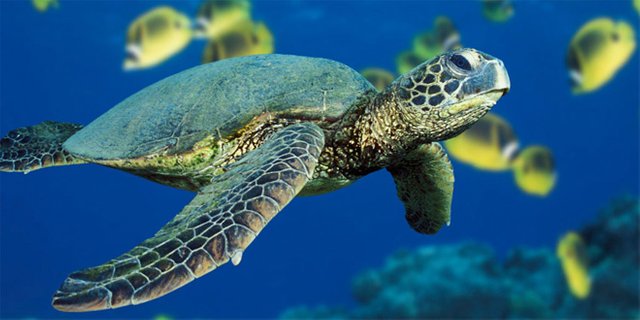The Arrau Turltle
The Arrau Turtle, whose scientific name is Podocnemis Expansa, is also known in Venezuela as the Orinoco Tortoise. It is a species of the family Podocnemididae, which hides the head by bending the long neck on one side of the body. It is the largest, both of the Podocnemis genus, and of all the fluvial chelonians of the American continent. Males are smaller than females and these, in adulthood, can weigh up to more than 50 kg. Their habitat in Venezuela dates back to colonial times, more than 300 years ago. It is found along the Orinoco River, from the confluence with the Casiquiare arm, in the Amazonas state, until its exit to the sea in the Delta. Although its presence is greater in the middle Orinoco, from Caicara to Puerto Ayacucho, it also inhabits other swollen and turbid rivers of Venezuela such as Meta, Capanaparo, Arauca and Apure, and also in rivers of Guyana, Colombia, Ecuador, Brazil, Peru and Bolivia. It is a distinctly aquatic species, it travels long distances as the level of the rivers varies as a result of the annual cyclical fluctuations of rainfall. Males never leave the water courses they inhabit, while females only do so to nest. Frequently they are seen in groups, resting on fallen trunks on the waters or on the beaches of the rivers. The carapace of the Orinoco Tortoise is gray, blackish or dark brown, in the females it measures from 70 centimeters to 1 meter and in the males from 30 to 55 centimeters. It is herbivorous, feeds on vegetation, fruits, flowers and a sponge of fresh water that grows on the trunks of trees during floods.
The commercial exploitation of its meat, its eggs and its shell are today an illegal industry with very high dividends in foreign currency. Since eggs are edible, highly appreciated and in high demand, they have been and continue to be collected in excess, preventing reproduction, an activity that together with the indiscriminate hunting of adult turtles has endangered the survival of the species, which since 1994 It has been classified as Endangered by the International Union for the Conservation of Nature, IUCN, and since 1995, included in the Red Book of the Venezuelan Fauna, in the category of Critically Endangered Species.
Authors get paid when people like you upvote their post.
If you enjoyed what you read here, create your account today and start earning FREE STEEM!
If you enjoyed what you read here, create your account today and start earning FREE STEEM!